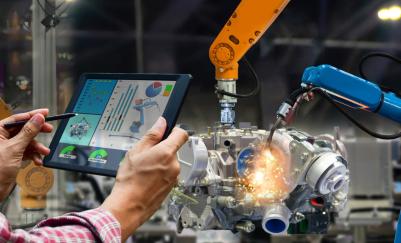
Content Hub
We change lives every day, building world-class teams for technology companies.
Upload CV
VIEW ALL
359 results

Insights
Peer Coaching – How to Encourage Collaboration in Your Organisation

Insights
Understanding the Evolution of Product Management

News
Unlocking Tomorrow: Key Mechanical Engineering Trends to Follow in 2024

Insights
The Future-Proof Career of Technical Recruitment in the UK Tech Industry

News
March 2024 Labour Market Report: Inflation Reaches Target Ahead of Schedule, Emphasising Shift Toward Growth

Insights
Resurgence of Reshoring in Electronics Manufacturing
NEED TO FILL A VACANCY?
Fill out the form below to let us know about a vacancy you would like us to advertise for you.
REGISTER YOUR CV!
Register your details to access the latest vacancies, create job alerts and much more.
